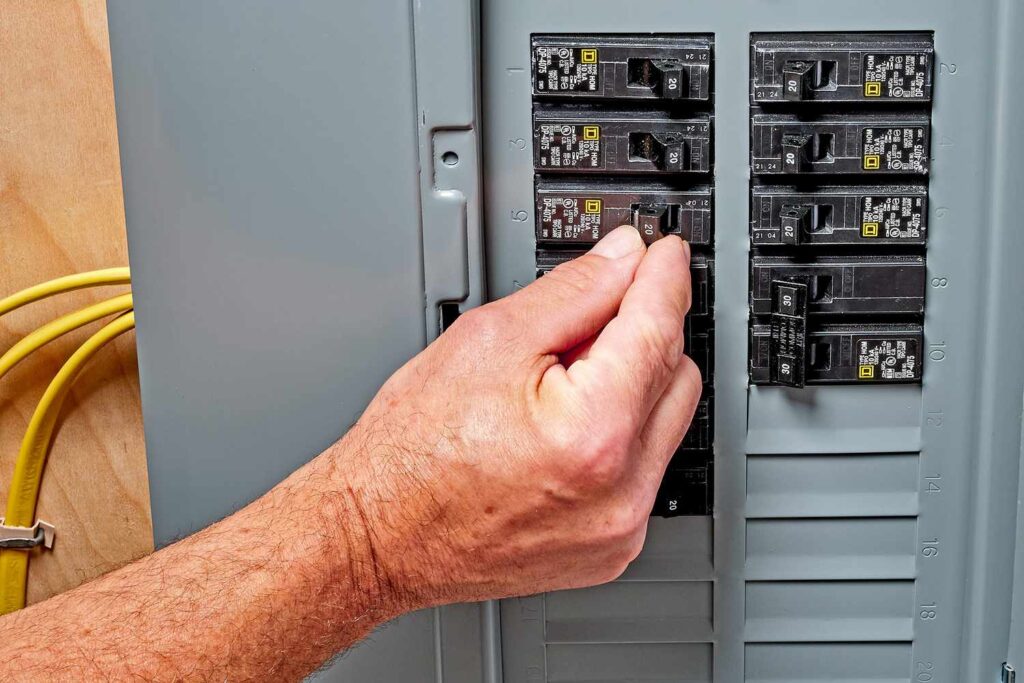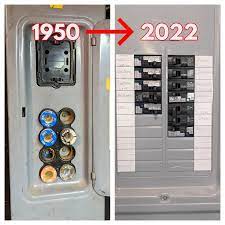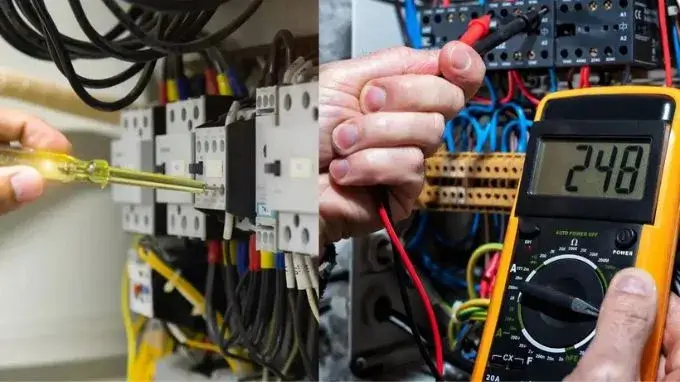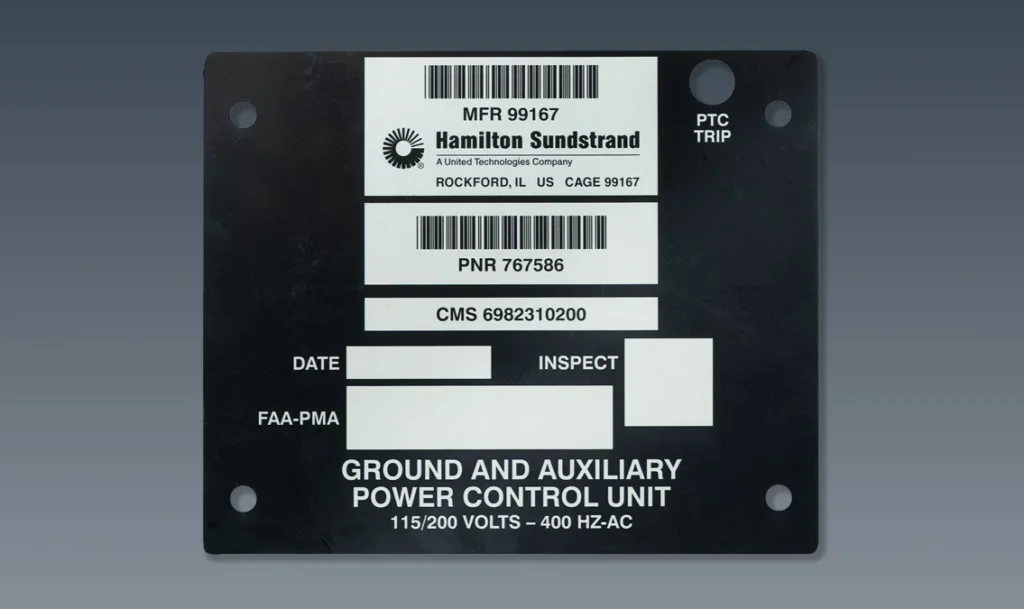Signs You Need to Replace Your Electrical Panel
Is your home’s electrical panel showing signs of wear and tear? Your electrical panel, also known as a breaker box or distribution board, is a critical component of your home’s electrical system. It’s responsible for distributing electricity throughout your home and protecting your circuits from overloads and electrical faults. Over time, electrical panels can become outdated, inefficient, or even dangerous. Here are some key signs that it may be time to consider replacing your electrical panel

Frequent Circuit Breaker Trips
Are you constantly resetting tripped circuit breakers? Frequent circuit breaker trips are a clear indication that your electrical panel is struggling to handle the electrical load. This can be caused by overloaded circuits, faulty breakers, or outdated panel design. Ignoring this issue can lead to electrical fires and damage to your appliances.

Outdated Panel Design
Older homes may still have electrical panels equipped with fuses instead of circuit breakers. Fuse-based panels are outdated and pose significant safety risks. Similarly, panels without proper grounding or with inadequate capacity for modern electrical needs should be replaced to ensure safety and efficiency.

Buzzing or Crackling Sounds
Strange noises coming from your electrical panel, such as buzzing or crackling, are signs of electrical arcing or sparking. These sounds indicate loose connections, deteriorating components, or other serious issues that require immediate attention. Ignoring these warning signs can result in electrical fires and extensive damage.

Warm or Hot Panel
If your electrical panel feels warm or hot to the touch, it could be a sign of overheating. Overloaded circuits, poor connections, or faulty components can cause excessive heat buildup in the panel. This poses a significant fire hazard and should be addressed promptly by a qualified electrician.

Burn Marks or Corrosion
Visual inspection of your electrical panel may reveal burn marks, corrosion, or rust on the panel enclosure or circuit breakers. These signs indicate past overheating, moisture damage, or corrosion, all of which compromise the safety and reliability of your electrical system. A panel showing signs of damage should be replaced without delay.

Flickering Lights or Power Surges
Do you experience flickering lights or frequent power surges in your home? These issues can be caused by a failing electrical panel unable to handle the electrical demand. Voltage fluctuations can damage sensitive electronics and appliances and pose a safety risk to occupants.

Home Renovations or Additions
Planning a home renovation or addition? Any significant increase in electrical demand warrants an assessment of your electrical panel’s capacity. Adding new circuits or appliances without upgrading the panel can overload the system and compromise safety. Upgrading your panel ensures it can safely accommodate your home’s evolving electrical needs.

Age of the Panel
Electrical panels have a typical lifespan of 25 to 40 years, depending on various factors such as usage, maintenance, and environmental conditions. If your panel is approaching or exceeding this age range, it’s prudent to consider replacing it, even if you haven’t experienced any obvious issues. Aging panels are more prone to failure and pose an increased risk of electrical hazards.
